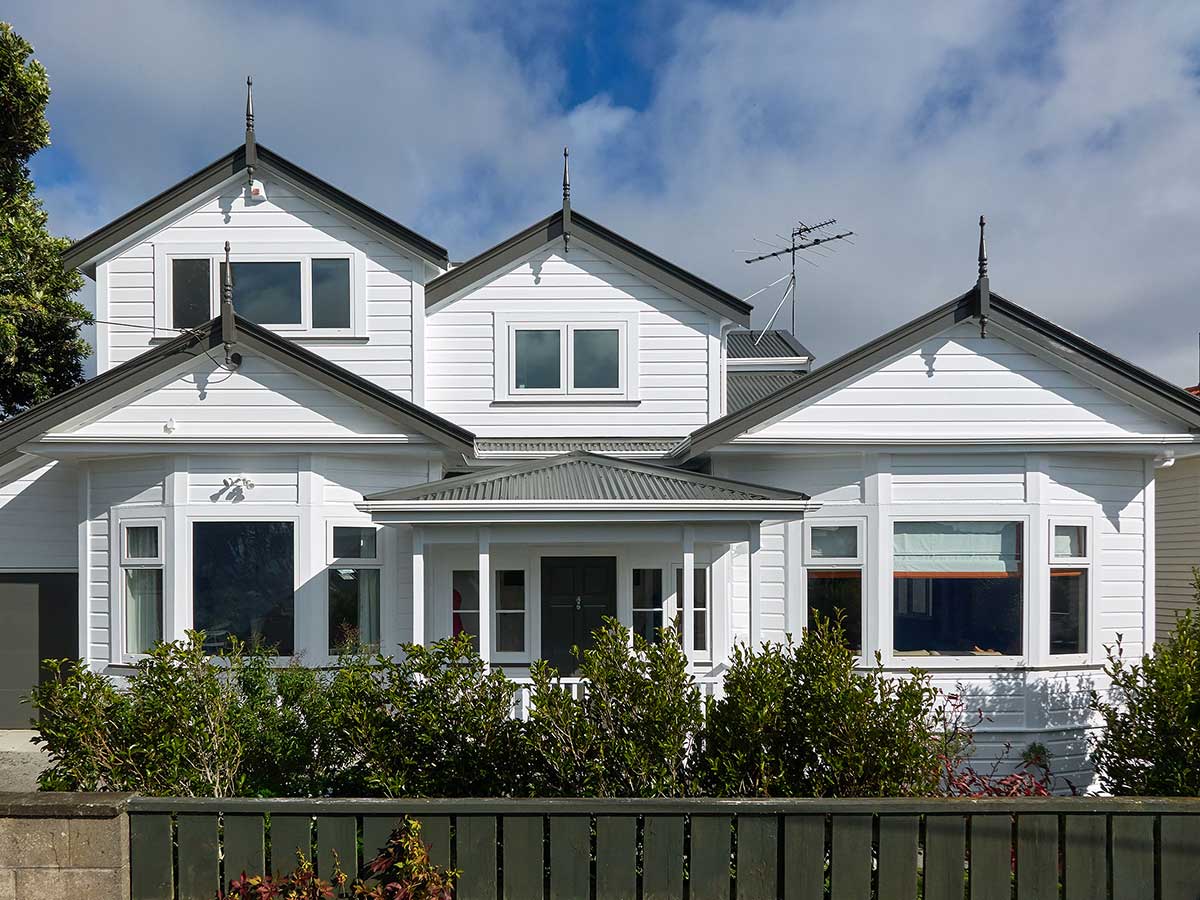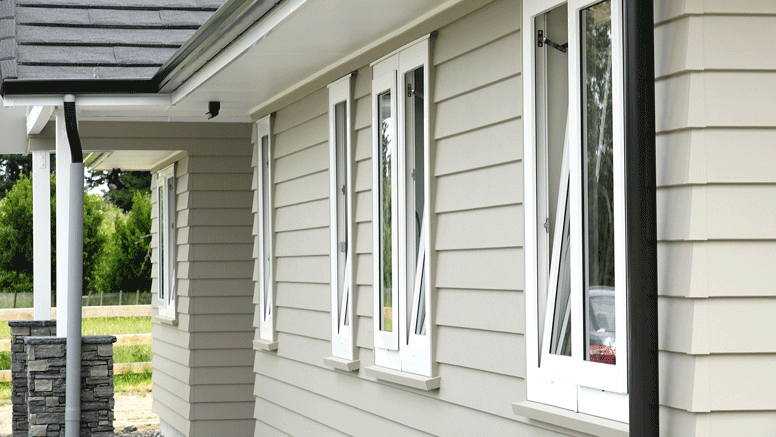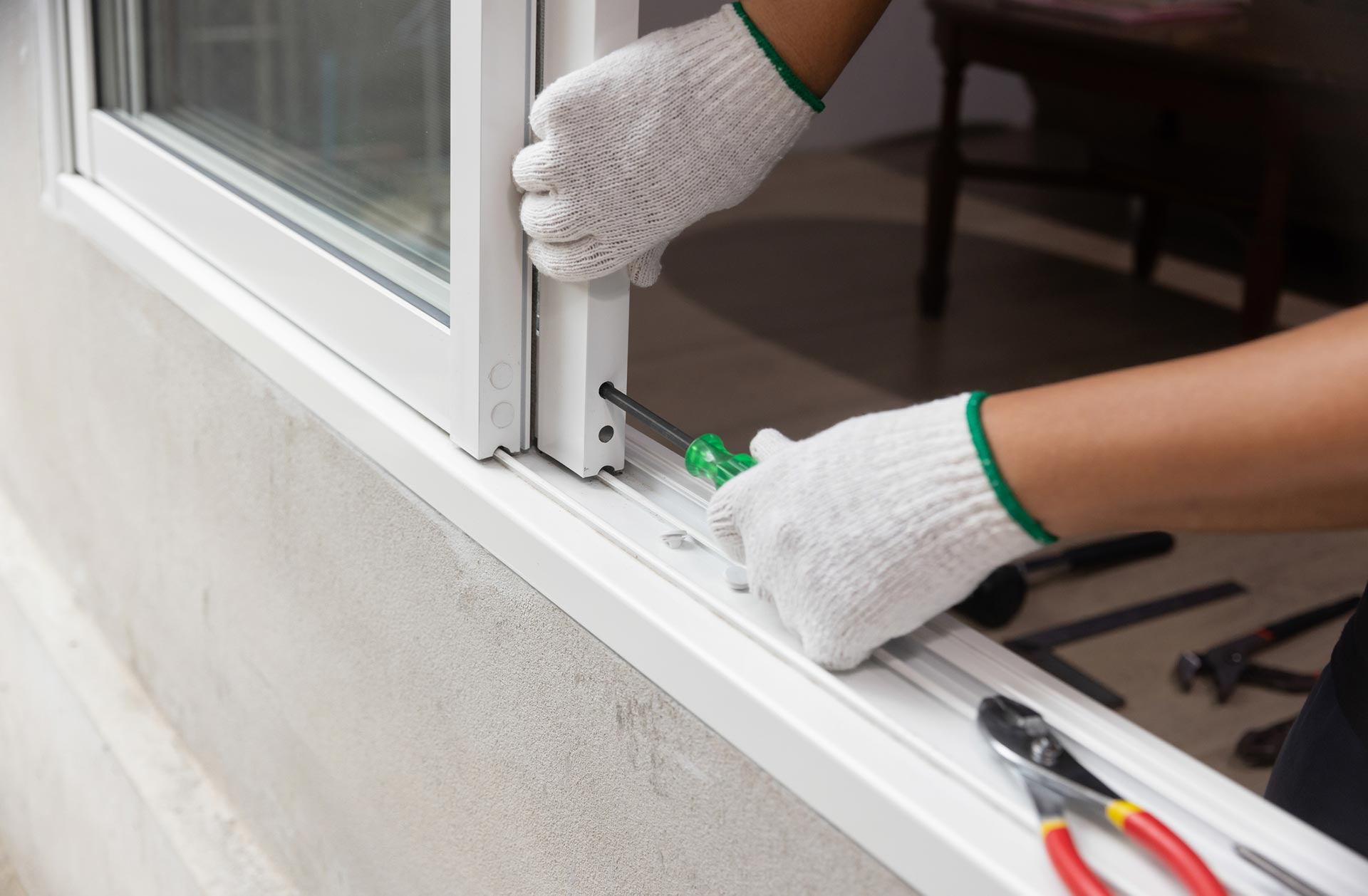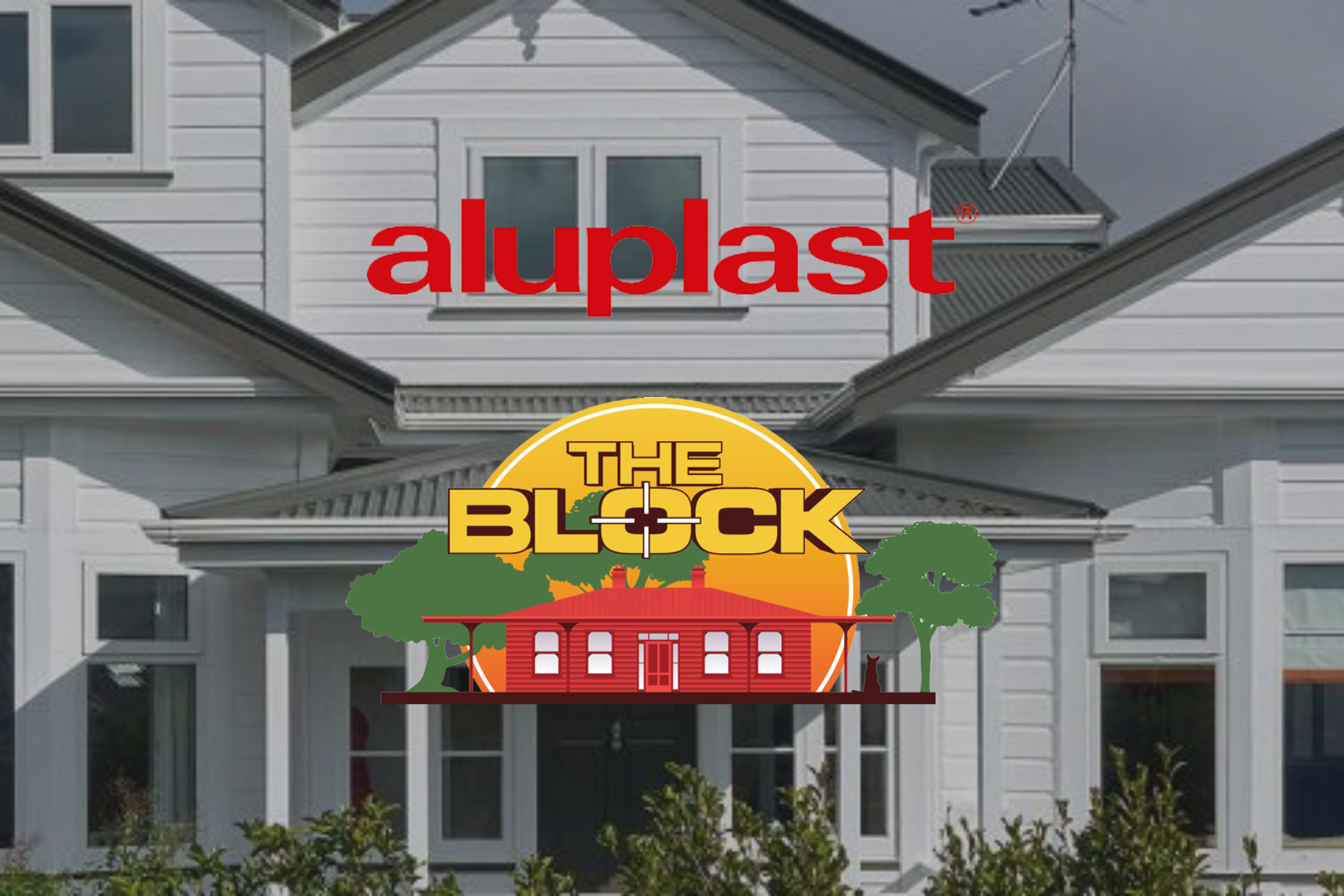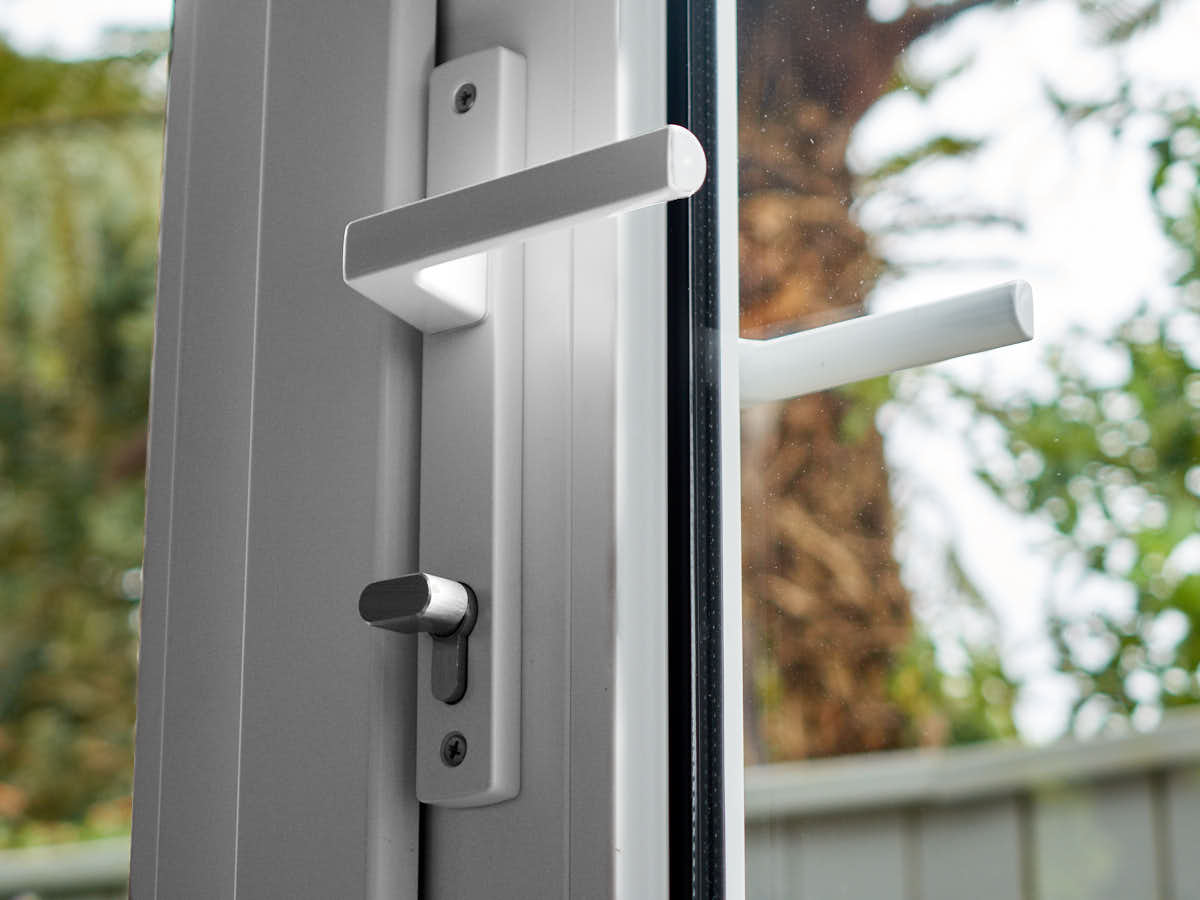Find out how you can reduce your home’s footprint.
Humanity is beginning to realise that we only have one planet, and we need to look after it. We are seeking sustainability in all the things we do and things we use: in our travel, in our homes, in our shopping habits, and our waste disposal. This is more than just a trend. It’s the way we need to continue to ensure the earth stays well for future generations.
Using uPVC joinery in a new build is one more thing that property owners can do to lessen their footprint. This exciting new material offers plenty of eco-friendly advantages—read on for the most significant features which make uPVC a sustainable choice.
Manufacturing
We’ll start with how uPVC is made—specifically, how ours is made. Eco Auckland sources uPVC from a German supplier which recycles the material to make the internal joinery components, reducing waste. Ideally, as uPVC becomes more popular in New Zealand and Australia, it will be recycled locally which will cut down its environmental effects even further as shipping distances are minimised. This would mean that used uPVC joinery which has reached the end of its life can be reused and incorporated into new products in our own region.
Insulation
uPVC is a highly effective thermal insulator, far exceeding aluminium which is one of the country’s leading materials for door and window frames. The clever engineering of components combines with uPVC’s inherent insulating properties to make door and window frames which, used alongside good double-glazed glass panes, will work to prevent heat loss and keep homes warm throughout the cold months.
Timber and aluminium joinery tend to warp and become misshapen. When this happens, drafts can enter your home and heat can escape. uPVC is resistant to warping and swelling in varied climates and weather conditions, which in turn contributes to effective insulation.
Effective insulation is friendlier to the environment as it increases the energy efficiency of a building, cutting down on the use of whatever heats that building—electricity, gas, and burning of wood being the most common options. Conversely, the thermal insulation can help to keep homes cooler in summer which also contributes to energy efficiency.
Maintenance
Another aspect of uPVC which adds to its overall eco-friendly factor is that it is very low-maintenance. This means no repainting, sanding, or repairs which can require harmful chemicals and produce extra waste. Even in harsh New Zealand conditions that lack sufficient ozone protection, uPVC profiles are designed to last 40 years or more—and the less often you have to replace something, the better it is for the environment!
All of the above properties of uPVC make it a fantastic choice for property owners and developers looking to minimise their impact on the planet. There are, of course, many other reasons to choose this modern joinery for your home or office. It is very secure, with multi-point locking mechanisms and steel reinforcements that will prevent any unwanted intrusion. It prevents the leaking of sound as well as heat, making doors and windows an effective barrier to noise. In Europe, almost 80 percent of doors and windows are already made from uPVC—and now Aucklanders have this fantastic material readily accessible.
Contact Us
If you are interested in using uPVC Windows and Doors for your next build, get in contact with our team for a quote or to discuss how our products could make your project environmentally friendly, warmer, quieter, and more low-maintenance. We can supply a range of windows and doors to the Auckland area.
